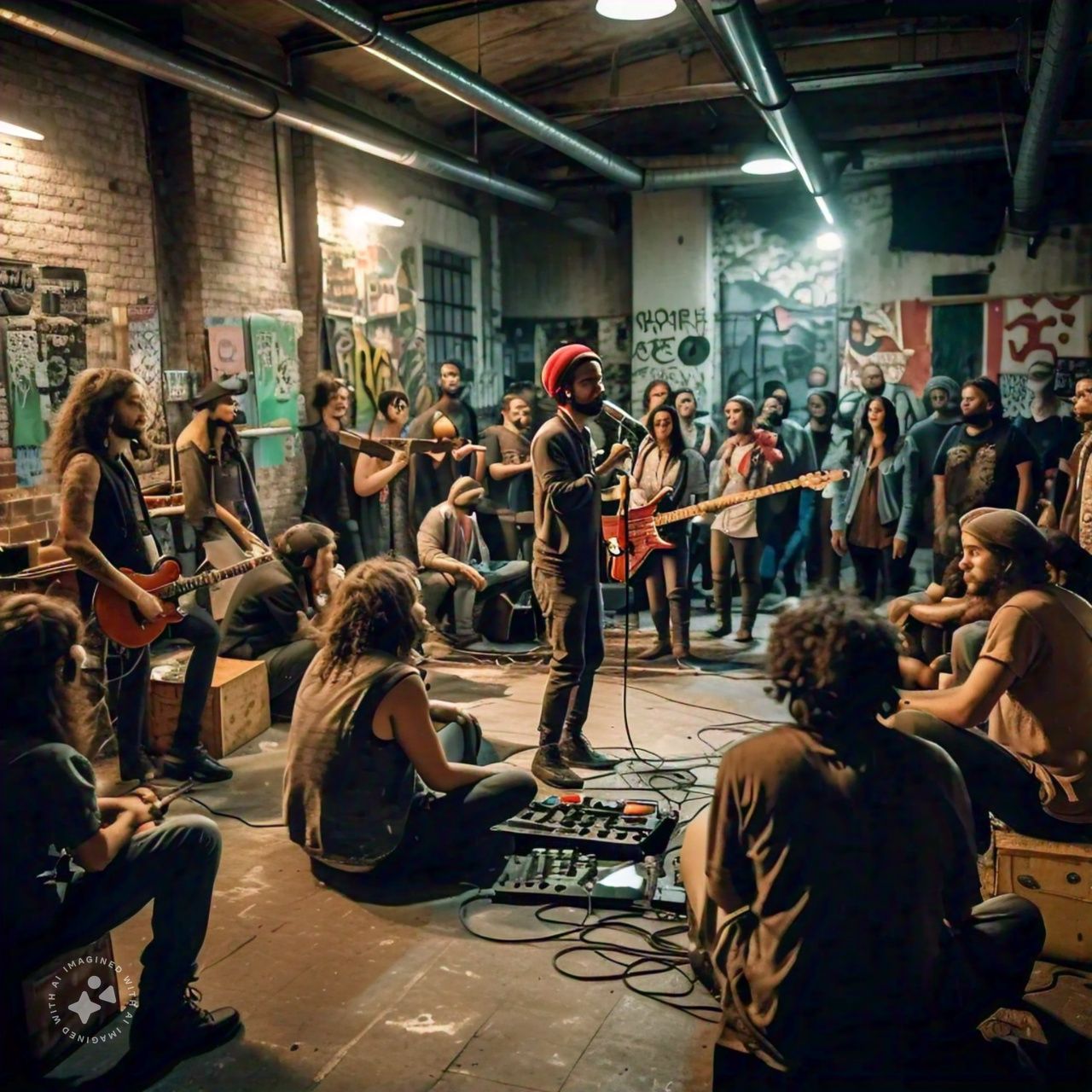Introduction
Sex trafficking and prostitution are two significant social challenges that affect millions globally. Sex trafficking involves the illegal trade of humans for sexual exploitation, often targeting vulnerable populations, including women and children. Meanwhile, prostitution, whether legal or illegal, is closely linked to trafficking in numerous regions, complicating efforts to address either problem.
Despite international laws and widespread condemnation, sex trafficking remains a lucrative business for criminal organizations. Understanding the full scope of the issue requires examining not just the victims and perpetrators, but the societal factors that allow these abuses to continue.
Defining Sex Trafficking
Sex trafficking is defined as the recruitment, transportation, or harboring of individuals through force, fraud, or coercion for the purpose of sexual exploitation. According to the United Nations’ Palermo Protocol, trafficking includes both cross-border and domestic forms of exploitation, targeting vulnerable groups who are often tricked or coerced into exploitative situations. The victims may have been promised jobs, marriage, or better lives, only to find themselves in abusive environments from which escape seems impossible.

Prostitution: A Global Issue
Prostitution is often referred to as the “world’s oldest profession,” but its legality and cultural acceptance vary significantly across the globe. In some countries, like Germany and the Netherlands, prostitution is legal and regulated, while in others, such as Sweden, the focus is on punishing the clients rather than the sex workers. Yet in many regions, prostitution operates illegally, making it easier for traffickers to exploit vulnerable people under the radar of law enforcement.
Even where prostitution is legalized, issues of exploitation still arise. Studies have shown that legal frameworks do not always protect sex workers from violence, poverty, or health risks, particularly in areas with a high influx of trafficked individuals.
Connection Between Sex Trafficking and Prostitution
There is a complex and often controversial link between sex trafficking and prostitution. Many experts argue that prostitution fuels the demand for trafficked individuals, as organized crime syndicates can profit from exploiting trafficked victims in brothels or on the streets. Conversely, some believe that legalizing and regulating prostitution can reduce trafficking by creating safer, monitored environments for sex workers.
The Victims of Sex Trafficking
Victims of sex trafficking come from diverse backgrounds but share common vulnerabilities. Poverty, lack of education, political instability, and domestic violence are among the key factors that traffickers exploit. Women and children, particularly from marginalized communities, are frequently targeted. Traffickers use manipulative techniques like false promises of employment, romantic relationships, or even friendship to lure their victims. Once in their control, victims face physical, emotional, and psychological abuse, as well as threats against their loved ones, further complicating any attempts at escape.

The Role of Organized Crime
Organized crime syndicates play a critical role in sex trafficking operations. These groups often operate transnationally, using advanced logistics and networks to move victims across borders, making it difficult for law enforcement to track and dismantle these operations. Bribery and corruption further complicate efforts to prosecute traffickers, especially in regions where law enforcement is underfunded or overburdened.
Demand: The Driving Force
Without demand, there would be no market for sex trafficking. The demand for commercial sex fuels this illegal industry, driven by individuals willing to pay for exploitative services. Efforts to reduce trafficking have increasingly focused on targeting those who create the demand, from clients seeking out trafficked individuals to the businesses that indirectly support the sex trade.
Methods of Recruitment and Exploitation
Traffickers use a variety of methods to recruit their victims, ranging from kidnapping to deceit. Many traffickers use social media platforms, job advertisements, or other online tools to lure individuals into exploitative situations. Once recruited, victims are often moved frequently to avoid detection and isolated from any form of social or familial support.

The Impact on Survivors
The trauma of sex trafficking is profound and long-lasting. Survivors often suffer from post-traumatic stress disorder (PTSD), depression, and severe emotional damage. The physical toll can include sexually transmitted infections (STIs), injuries from abuse, and long-term health problems from lack of medical care. Reintegrating survivors into society presents numerous challenges, as they may lack education or job skills due to years of exploitation.
Efforts to Combat Sex Trafficking
Various international and local organizations are working to combat sex trafficking, including the United Nations, INTERPOL, and countless NGOs. Laws such as the U.S. Trafficking Victims Protection Act (TVPA) and the European Union’s anti-trafficking directives focus on prosecution, protection, and prevention. Governments and NGOs continue to collaborate in providing resources, shelters, and legal aid for survivors.
Conclusion
Sex trafficking and prostitution are interlinked issues that demand comprehensive, global solutions. Both rely on addressing the root causes—such as poverty and inequality—while also tackling demand and improving legal frameworks. While significant strides have been made in the fight against sex trafficking, continued efforts, increased public awareness, and stronger legislation are crucial to eradicating this global crisis.

